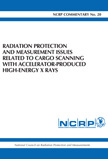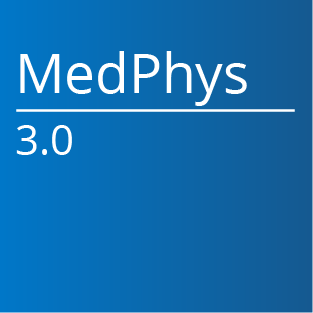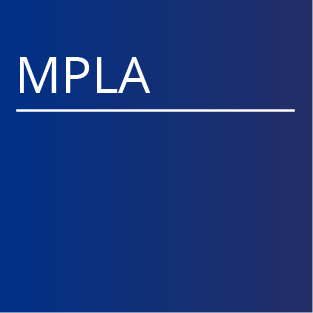AAPM has contracted with NCRP to provide each AAPM Member in good standing access and download privileges of electronically available NCRP reports, commentaries and statements. This report was prepared by the National Council on Radiation Protection and Measurements (NCRP). The Council strives to provide accurate, complete and useful information in its reports. However, neither the NCRP, the members of NCRP, other persons contributing to or assisting in the preparation of this report, nor any person acting on the behalf of any of these parties (a) makes any warranty or representation, express or implied, with respect to the accuracy, completeness or usefulness of the information contained in this report, or that the use of any information, method or process disclosed in this report may not infringe on privately owned rights; or (b) assumes any liability with respect to the use of, or for damages resulting from the use of, any information, method or process disclosed in this report.
 |
Commentary No. 020 - Radiation Protection and Measurement Issues Related to Cargo Scanning with Accelerator-Produced High-Energy X Rays (2007) Price: $45 PDF (AAPM Members FREE) Category: Commentary The Domestic Nuclear Detection Office of the U.S. Department of Homeland Security (DHS) requested that NCRP provide specific radiation protection advice relevant to the Cargo Advanced Automated Radiography System (CAARS) currently under development. CAARS is designed to detect high atomic number (Z > 72) material which might be special nuclear material or shielding designed to conceal radioactive material. In addition, it must have a conventional radiographic imaging capability to detect illicit drugs, high explosives, and other contraband (e.g., weapons, currency) in cargo conveyances. This Commentary: - recommends a dose limit for individuals who might be inadvertently exposed to radiation in a conveyance within the CAARS exclusion zone; and also: - addresses the methods for estimating by calculation and verifying by measurement such doses delivered by CAARS; - discusses the estimated change in health risk to such an individual as a function of dose; - recommends various methods for ensuring the dose limit to an inadvertentlyexposed individual is not exceeded; - describes the physical properties of the interaction between high-energy radiation and material that influence both the doses delivered and the methods for measuring such doses; and - recommends specific methods for measuring the maximum dose to an exposed individual in a scanned conveyance. - addresses the maximum cumulative effective dose in an hour to an individual working outside the exclusion zone of a CAARS facility; and also: - recommends system features and operational procedures to ensure that worker doses remain as low as reasonably achievable (ALARA); and - recommends specific methods for measuring dose to an individual working outside the exclusion zone. - recommends an administrative control for annual effective dose to members of the public outside the perimeter of a CAARS facility. ISBN-13: 978-0-929600-95-6 View the latest Book Review of this Commentary. Scientific Committee: Leslie A. Braby, Chairman Paul M. Bergstrom Richard R. Brey Christine A. Donahue Michael P. Grissom Timothy J. Jorgensen Richard T. Kouzes James C. Liu Michael A.S. Taylor, Sr. Ralph H. Thomas, Advisor |



















